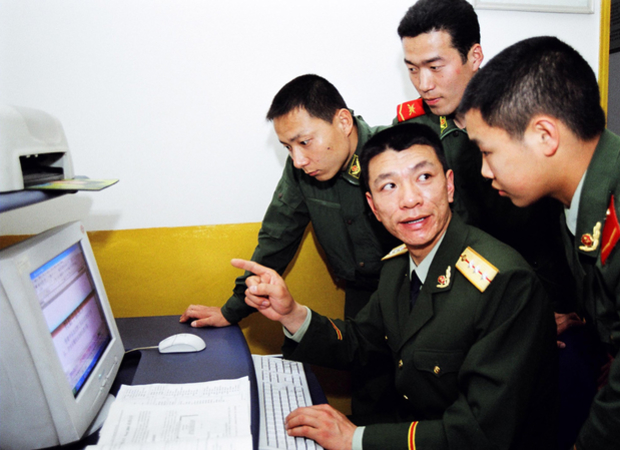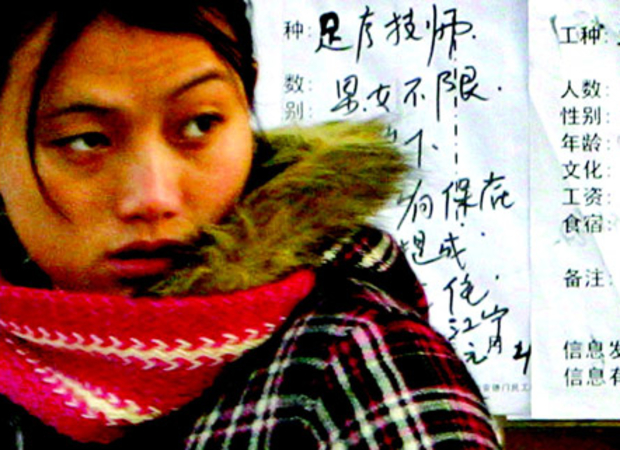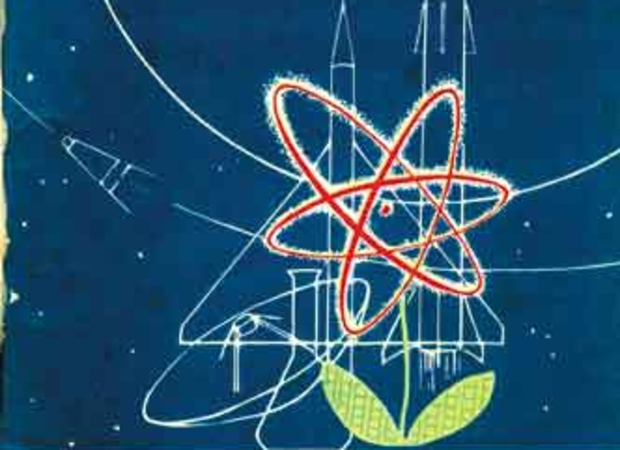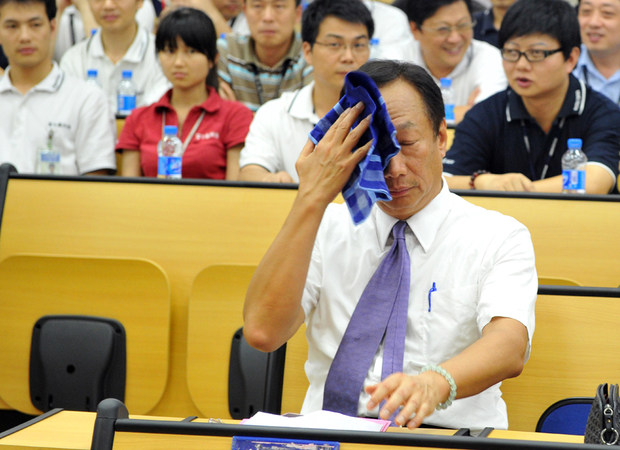Breaking the Ice on Environmental Open Information
Th e 2008 Pollution Information Transparency Index (PITI) First Annual Assessment of Environmental Transparency in 113 Chinese Cities
on June 30, 2010
On May 1, 2008, the Regulations of the People’s Republic of China on Open Government Information and the Ministry of Environmental Protection Measures on Open Environmental Information (trial) entered into effect. These regulations stand as major milestones for Chinese environmental governance. In order to systematically evaluate the first year of implementation for these regulations, the Institute of Public & Environmental Affairs (IPE) and the Natural Resources Defense Council (NRDC) developed the Pollution Information Transparency Index (PITI). The PITI methodology assesses the degree of pollution information transparency at the municipal level through a review of eight metrics, including records of facility violations, results of environmental petition and complaint cases, and responses to public requests for information. The evaluation establishes a quantitative score for each city that allows for ranking of performance. IPE and NRDC utilized the PITI methodology to complete an initial evaluation of pollution information disclosure in 2008 for 113 Chinese cities. Nearly all of the cities evaluated (110 of 113) are designated by the Ministry of Environmental Protection as key state environmental protection cities, including Harbin, Jinan, Shijiazhuang, Changsha, Guangzhou, Chengdu, and Urumqi. These cities are distributed throughout eastern, central, and western China.







